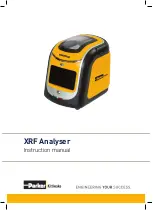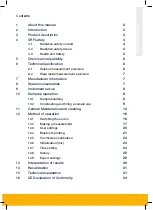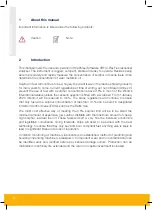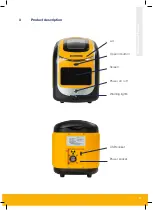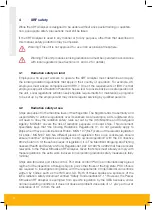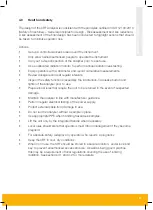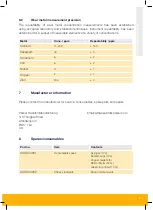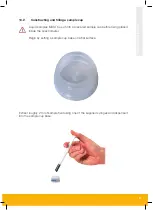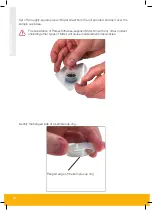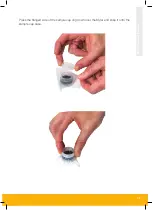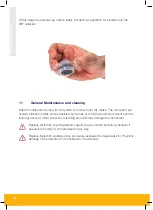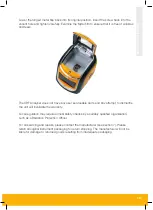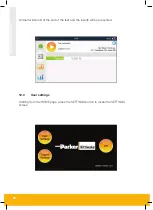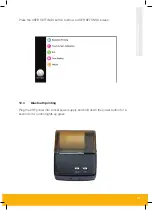
XRF Analyser Manual
8
9
Instrument set-up
Warning! It is critically important that the XRF Analyser is connected to the local
mains power supply using the power adaptor and cable provided. Damage to
internal circuitry caused by accidental use of the incorrect power supply is not
covered by the warranty.
For best results, the XRF Analyser should be operated:
•
On a flat, level surface such as a workbench or a desk.
•
In temperature-stable environments.
•
Away from drafts and heat sources such as air conditioning or heaters.
•
Away from strong magnetic fields, such as large electronic motors or generators,
power transformers, loudspeakers or microwave ovens (these can even affect the
instrument through walls).
Before each use of the XRF instrument, a series of safety checks should be
carried out to ensure safety features are functional. This will likely be a requirement
of local regulations – see section 4. At a minimum, these checks should include:
•
Visual checks for damage to the XRF exterior
•
Visual check for cracks of the glass lid.
•
Check the lid interlock - the lid must only open by pressing the button.
10
Sample preparation
10.1
Sample handling
Please read this section to familiarise yourself with sample preparation before using the
XRF Analyser for the first time.
In order to ensure a reliable measurement, the following steps should be taken to ensure
that the measured sample is representative of the main body of fluid:
•
Any containers used to store or collect fluid samples should be clean and free of
contamination before use.
•
The sample cups themselves should be kept in a clean dry environment.
•
Fluid samples should be mixed thoroughly by shaking or stirring.
•
Any air bubbles introduced during homogenisation should be allowed to disperse
before dispensing the fluid into an XRF sample cup.
Содержание XRF
Страница 1: ...XRF Analyser Instruction manual...
Страница 2: ...XRF Analyser Manual...
Страница 37: ...XRF Analyser Manual 35...

